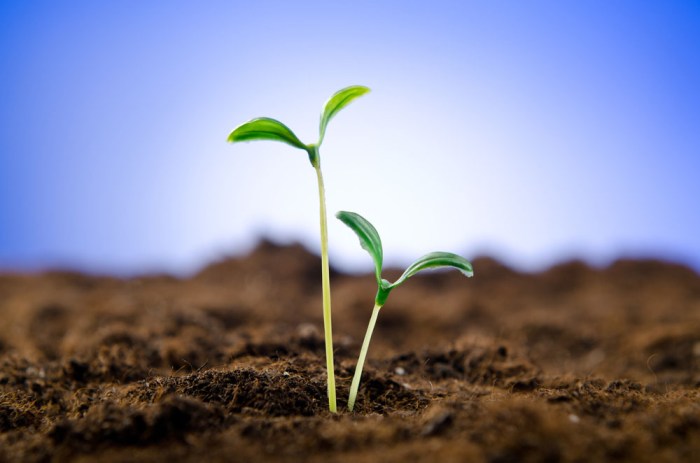Embark on a journey of cultivation with our comprehensive guide on how to grow a sapling. Whether you’re a seasoned gardener or a budding enthusiast, this guide will equip you with the essential knowledge and techniques to nurture young trees into thriving specimens.
From soil preparation and sapling selection to planting, watering, and maintenance, we’ll delve into every aspect of sapling care. Discover the secrets to fostering healthy growth, preventing common problems, and ensuring your saplings flourish into majestic trees that grace your landscape for years to come.
How to Grow a Sapling

Growing a sapling from a young tree can be a rewarding experience, providing you with a beautiful and long-lasting addition to your landscape. However, it’s important to understand the proper techniques and care involved to ensure the health and success of your sapling.
Soil Preparation

The ideal soil composition for growing saplings consists of well-drained, fertile soil with a pH between 6.0 and 7. 0. To prepare the soil for planting, follow these steps:
- Dig a hole that is twice as wide as the root ball of the sapling and just as deep.
- Mix in organic matter such as compost or peat moss to improve soil fertility and drainage.
- Fill the hole with the amended soil and gently tamp down around the roots.
Sapling Selection
When choosing a sapling, consider the following factors:
- Size:Select a sapling that is small enough to be easily handled and planted.
- Health:Look for saplings with healthy leaves, stems, and roots.
- Species:Choose a species that is suitable for your climate and soil conditions.
Planting Techniques
To plant a sapling, follow these steps:
- Dig a hole that is twice as wide as the root ball and just as deep.
- Place the sapling in the hole and backfill with soil, gently tamping down around the roots.
- Water the sapling deeply and mulch around the base to retain moisture and suppress weeds.
Watering and Fertilization
Water your sapling regularly, especially during the first year after planting. Fertilize the sapling according to the manufacturer’s instructions, using a balanced fertilizer that is suitable for young trees.
Pruning and Maintenance

Pruning is essential for maintaining the health and shape of your sapling. Remove any dead or diseased branches and prune back any branches that are growing too close to each other.
Pest and Disease Control
Saplings are susceptible to a variety of pests and diseases. Monitor your sapling regularly for any signs of infestation or disease, and treat accordingly using appropriate methods.
Troubleshooting Common Problems
Some common problems encountered when growing saplings include:
- Yellowing leaves:This can be caused by nutrient deficiency, overwatering, or poor drainage.
- Wilting leaves:This can be caused by drought, heat stress, or root damage.
- Insect infestation:Aphids, scale, and spider mites are common pests that can damage saplings.
Sapling Growth and Development
Saplings typically go through several stages of growth and development. The first stage is the juvenile stage, during which the sapling will grow rapidly and develop a strong root system. The second stage is the reproductive stage, during which the sapling will begin to produce flowers and fruit.
The third stage is the mature stage, during which the sapling will reach its full height and spread.
Environmental Considerations, How to grow a sapling
Environmental factors such as temperature, sunlight, and moisture can impact the growth and development of saplings. Choose a planting site that provides the appropriate environmental conditions for the species you have selected.
Sapling Transplanting
If necessary, you may need to transplant your sapling to a new location. The best time to transplant a sapling is in the spring or fall when the weather is cool and the soil is moist. To transplant a sapling, carefully dig up the root ball and replant it in a new hole that is twice as wide as the root ball and just as deep.
General Inquiries
How often should I water my sapling?
Water your sapling deeply and regularly, especially during hot and dry weather. The frequency will vary depending on factors like soil type, climate, and the size of the sapling. As a general guideline, water newly planted saplings every few days for the first few weeks, then gradually reduce the frequency as the roots establish.
What is the best time to prune a sapling?
Prune your sapling during the dormant season, typically in late fall or early spring. Avoid pruning in the summer, as this can promote disease and stress the tree.
How can I protect my sapling from pests and diseases?
Inspect your sapling regularly for signs of pests or diseases. If you notice any issues, treat them promptly using appropriate methods, such as organic pesticides or neem oil. You can also practice good garden hygiene by removing fallen leaves and debris around the sapling to reduce the risk of disease.
